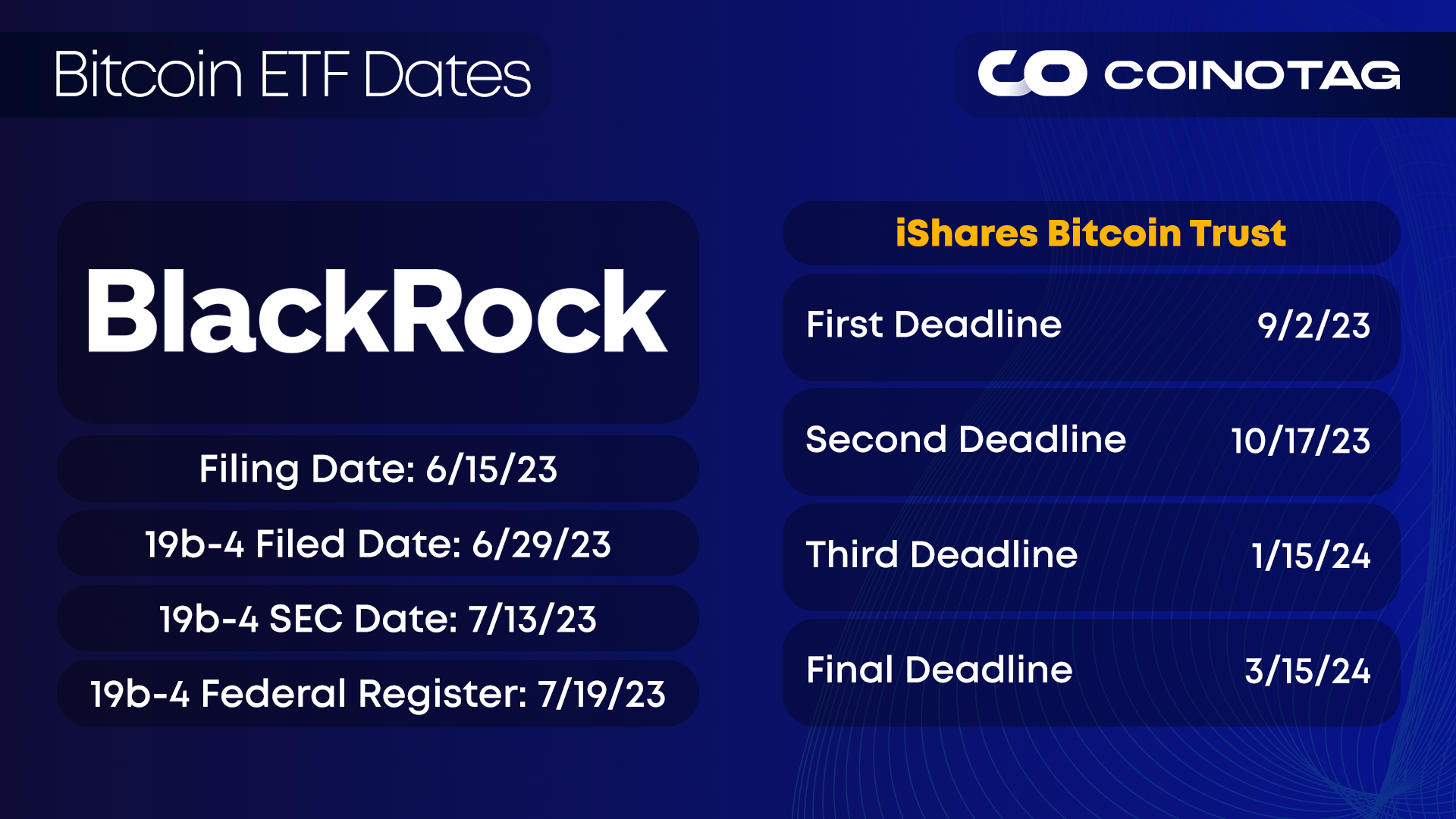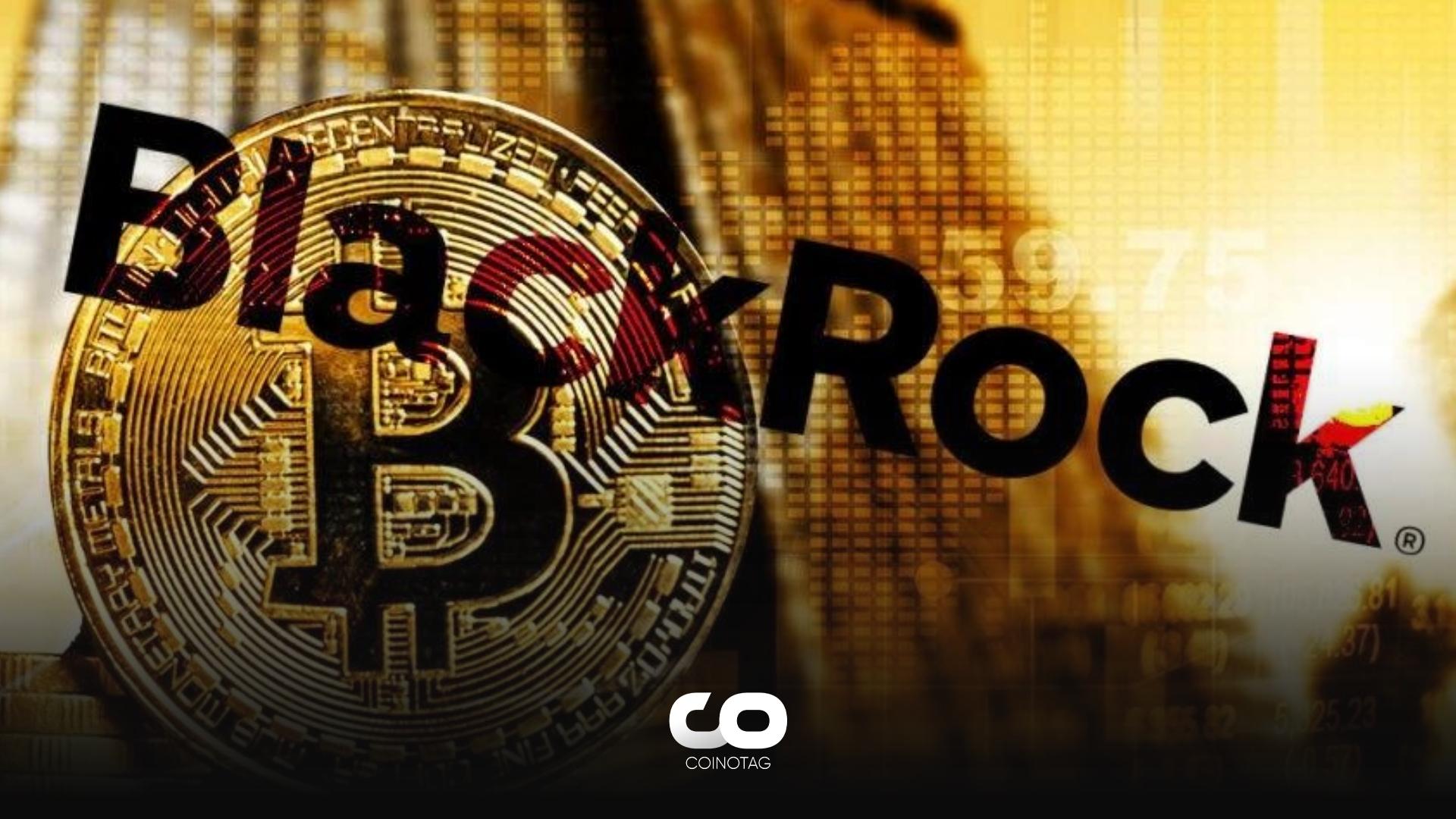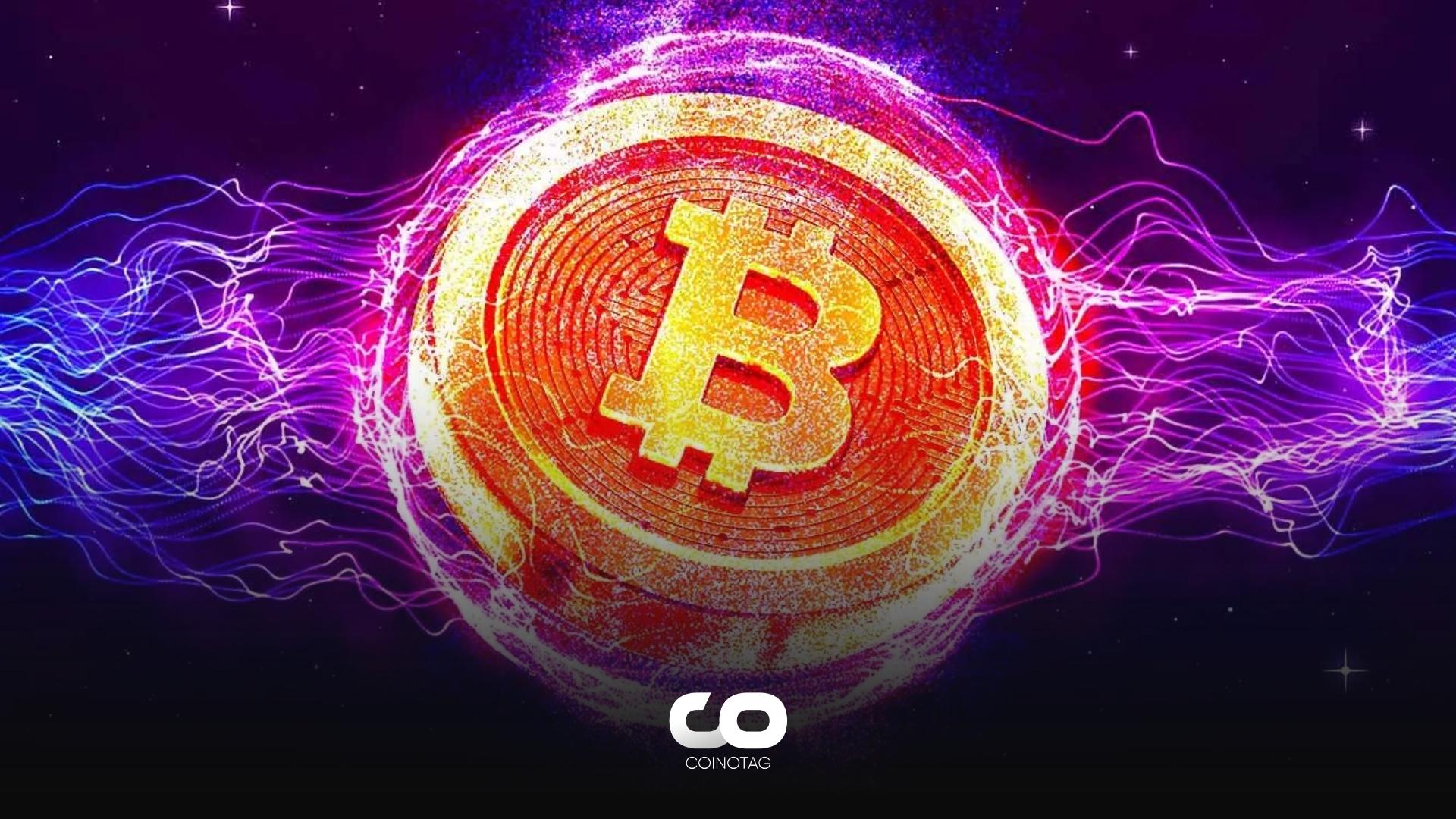- As the cryptocurrency sector matures, investors are facing a branching path: choosing between Bitcoin Spot ETFs and Bitcoin Futures ETFs.
- In this comprehensive analysis, we delve deep into the intricate differences that set these two ETF varieties apart, demystifying the concepts of liquidity management, price relationships, and associated risks.
- Armed with this information, investors can make informed decisions on which type of ETF best suits their investment strategies and risk tolerance.
- Let’s dissect the structural variances, performance drivers, and operational complexities that characterize Spot and Futures ETFs in the Bitcoin market.
Spot versus Futures ETFs: Unveiling the core distinctions in the rapidly evolving Bitcoin investment landscape.
Diving Deep into the Underlying Assets

The bedrock of any investment is its underlying asset. When it comes to Spot and Futures ETFs, the distinction is quite significant. Spot ETFs are essentially holding actual Bitcoins, making them a direct link to the cryptocurrency’s real-time market behavior. On the other hand, Futures ETFs are linked to Bitcoin-related futures contracts. These contracts are agreements to buy or sell the cryptocurrency at a future date at a predetermined price, adding a layer of complexity and speculation to the investment equation.
Unveiling the Key Performance Drivers
Understanding the dynamics that fuel the performance of both Spot and Futures ETFs is crucial for informed investment. Spot ETFs are influenced predominantly by the real-time price fluctuations of Bitcoin. Their performance graphs often mirror the highs and lows experienced in the Bitcoin market. In contrast, Futures ETFs derive their value from the futures market dynamics. The nuances of futures trading, which involve predictions about price movements at contract expirations, contribute to a more complex investment landscape with potentially higher volatility.
Liquidity Management: A Tale of Two Strategies
Liquidity management is another critical area where the two ETF varieties differ significantly. Spot ETFs involve less frequent trades, aiming to mirror the spot price of Bitcoin closely. This strategy necessitates secure Bitcoin storage, safeguarding the investment from potential cyber threats. Conversely, Futures ETFs involve more frequent trades, especially as contracts approach expiration. The intricate liquidity processes linked with futures contracts can sometimes lead to a divergence from Bitcoin’s spot price, necessitating a comprehensive understanding of the futures market to navigate successfully.
Analyzing the Price Relationship with Bitcoin
When investing in ETFs, understanding the price relationship with Bitcoin is essential. Spot ETFs generally maintain a close alignment with Bitcoin’s spot price, offering a direct exposure to the cryptocurrency’s market dynamics. Futures ETFs, however, can experience a potential divergence from Bitcoin’s spot price, especially due to the dynamics of the futures market and the implications of contract expiration dates. This divergence can sometimes result in unexpected investment outcomes, highlighting the importance of a well-informed investment strategy.
Dissecting Exposure and Associated Risks
The level of exposure and the risks associated vary markedly between Spot and Futures ETFs. Spot ETFs offer investors direct exposure to Bitcoin price changes, with the primary risk being Bitcoin’s inherent market volatility. In contrast, Futures ETFs present an indirect exposure, where risks are twofold – stemming not only from Bitcoin’s market volatility but also from elements specific to the futures market, such as leverage effects. This dual-risk factor makes Futures ETFs a more complex investment avenue, potentially offering higher rewards at the cost of increased risk.
Operational Complexity: Understanding the Foundations
Operational complexity is another area where these two ETF categories differ. Spot ETFs necessitate infrastructure for secure Bitcoin storage, safeguarding the assets from potential vulnerabilities. In comparison, Futures ETFs require an understanding of futures trading and its market intricacies, including knowledge of contract terms, expiration dynamics, and market predictions. This added layer of complexity demands a more in-depth market analysis and strategy formulation, calling for a comprehensive understanding of the futures market dynamics.
Conclusion
As the investment landscape within the cryptocurrency sector continues to diversify, understanding the nuances between Bitcoin Spot ETFs and Bitcoin Futures ETFs has become a prerequisite for informed investment decisions. This detailed breakdown serves as a guide, helping investors navigate the complex waters of Bitcoin investment with confidence and clarity. By comprehending the distinctions in underlying assets, performance drivers, and operational complexities, investors are better equipped to select the ETF category that aligns with their investment goals and risk tolerance, fostering a more prosperous and secure investment journey in the burgeoning world of cryptocurrencies.





